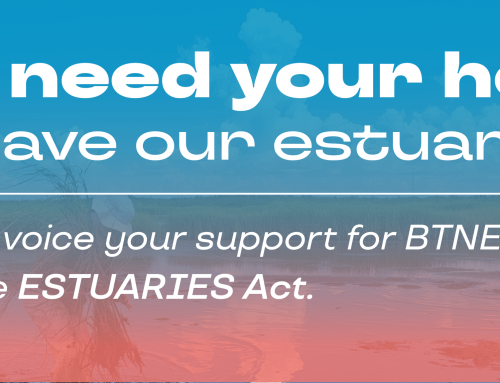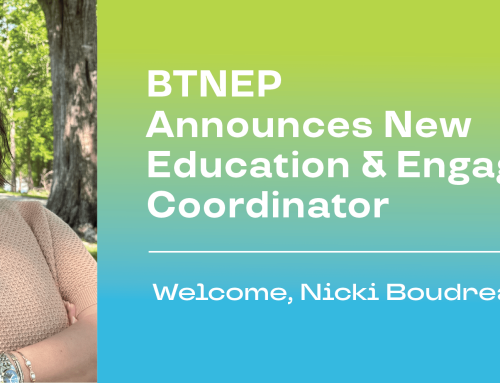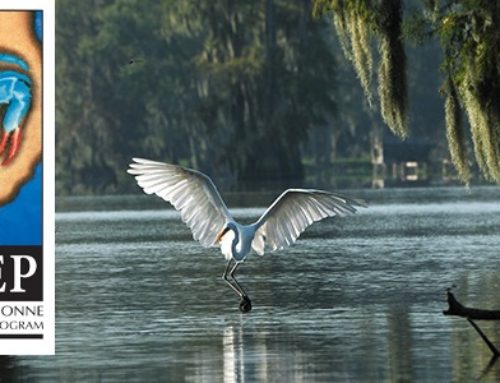BTNEP featured, as one in four of 28 national estuary programs, in Environmental Protection Agency white paper outlining pre-disaster planning, post disaster recovery and hazard mitigation initiatives.
THIBODAUX, La. – In an effort to identify and study the challenges and lessons learned during natural and man-made disasters, the United States Environmental Protection Agency (EPA) has released a white paper featuring four case studies demonstrating the role National Estuary Programs (NEPs) play in pre-disaster planning, post disaster recovery and hazard mitigation initiatives.
Of the 28 national estuary programs, the Barataria-Terrebonne National Estuary Program (BTNEP) was chosen as one of four case studies to evaluate their efforts in pre-disaster planning, recovery, communication and media relations, conducting public outreach and education, coordinating volunteer activities, providing technical expertise, and utilizing funding opportunities during the Deepwater Horizon Oil Spill.
“Since 1996, our Comprehensive Conservation Management Plan (CCMP) has included oil spill prevention and early action detection plans that are regularly updated and implemented. In an area that is heavily seeded in the oil and gas industry, we are proud that we can co-exist while maintaining the importance of our estuary with our industry partners.” Susan Testroet-Bergeron, director of BTNEP, said.
The Deepwater Horizon oil rig explosion, one of the worst environmental disasters in United States’ history, killed 11 people and resulted in 134 million gallons of oil leaked into the Gulf Mexico. As a program dedicated to the preservation and restoration of the estuary, BTNEP served a direct role in disaster recovery following the spill.
The EPA’s report recognizes the crucial role that BTNEP served as an accurate and reliable source of information for the various media outlets that covered the spill. BTNEP’s director provided interviews and presentations at the local, state, and national level to explain the Oil Pollution Act, the process of spill response, oil composition and its impact on natural resources, the use of dispersants, the difference between technological and natural disasters, and the importance of coastal landscapes, both economically and naturally.
The program facilitated transport of reporters to affected areas to highlight the impact of the spill peaking interest at the corporate level — resulting in guided tours with oil company representatives to serve as industry learning opportunities.
According to Testroet-Bergeron, “As a community we have learned many lessons about spill prevention and the fact that this is an ongoing educational need. BTNEP wants the public to better understand the risks that are involved in extracting energy resources for our daily use. Being more energy independent is an important goal for the US; however, we must continue to be proactive in planning, prevention, and also to be prepared for responses in the event of a disaster. Our people and our estuary depend on our diligence.”
Post-spill, BTNEP proactively educated the public regarding oil spills and the recovery process. This approach included distributing a series of factsheets addressing frequently asked questions and concerns surrounding the spill. The program’s Education Coordinator visited local schools to provide age-appropriate information regarding the spill and its potential impact on the children’s families.
The report also outlines BTNEP’s pivotal role in volunteer coordination, and how the program provided crucial technical expertise that aided in recovery efforts. In addition, the EPA notes BTNEP’s funding efforts saying, “Despite not receiving any funding from FEMA, the Coast Guard, or the DWH Spill settlement, BTNEP utilized its network of partnerships to support some of the recovery activities.”
Read the full white paper Preparing For Disaster.





